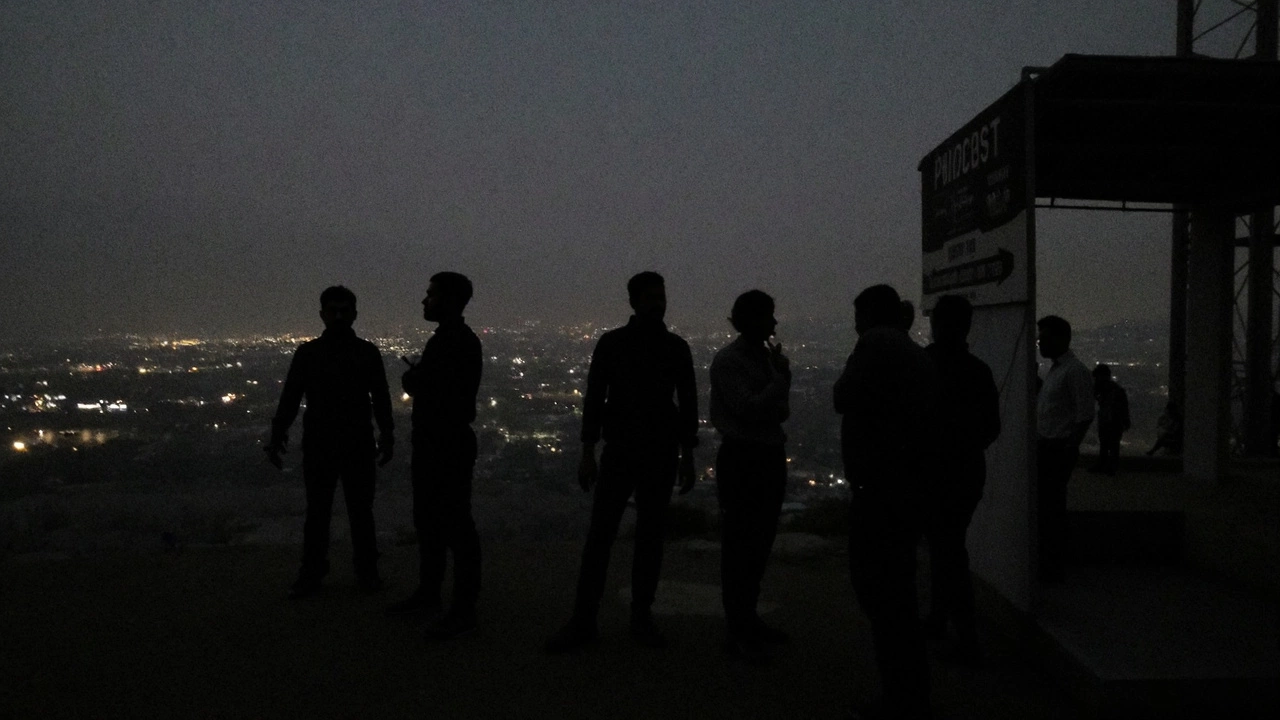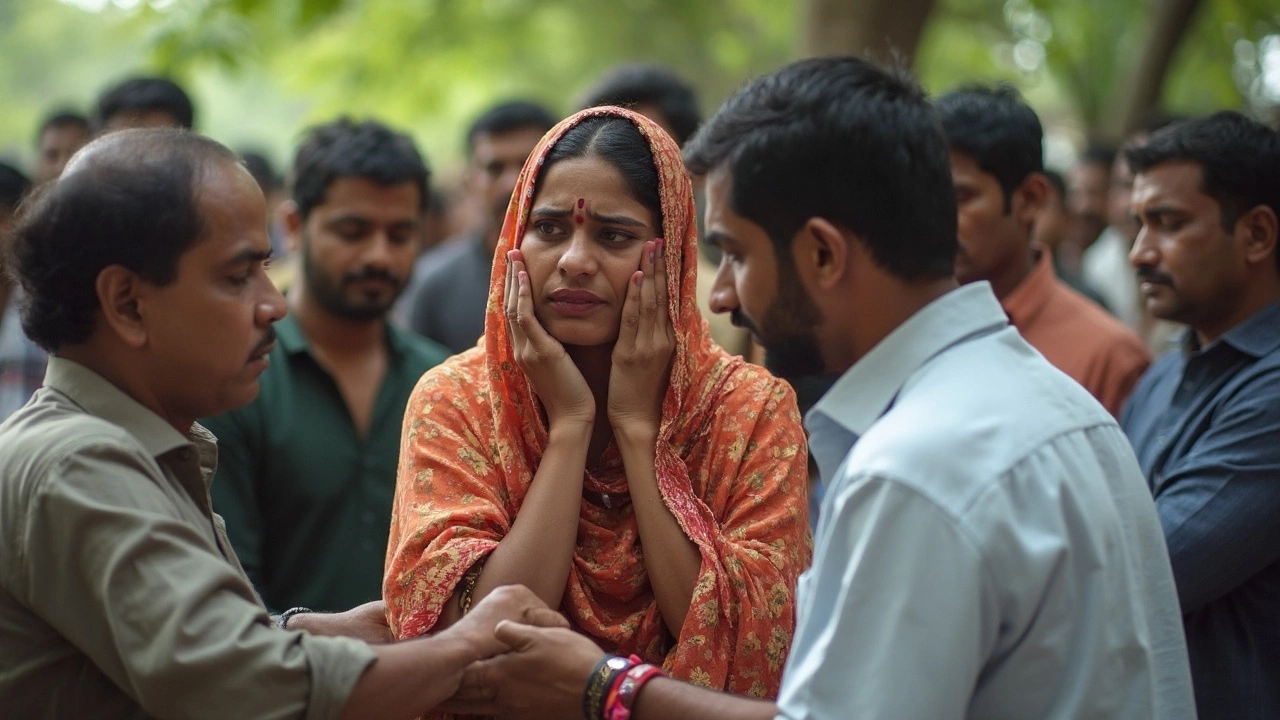Cross-Border Shelling in Kashmir Sparks Global Alarm
It’s not often that a border dispute grabs headlines around the world, but when India and Pakistan start exchanging heavy fire across Kashmir’s Line of Control, the stakes get impossible to ignore. The two nuclear-armed neighbors are once again locked in a tense standoff after artillery duels intensified in the region. The situation has become so serious that it’s caught the attention of top diplomats and leaders from Washington to London, all scrambling to get a sense of what might come next.
India’s Ambassador to the U.S., Vinay Kwatra, spoke out during a recent interview, laying out India’s take on the violence erupting in Kashmir. For India, this isn’t just another border flare-up; it’s about protecting its citizens and maintaining territorial integrity. Kwatra is clear about this point, emphasizing the mounting threat his country faces because of what he calls "persistent provocations" from the Pakistani side. India claims these fresh attacks aren’t isolated incidents—they’re part of a pattern that’s leaving local villages on edge and causing sleepless nights for thousands living just miles from the firing line.
Pakistan’s response didn’t take long. Their own ambassador has detailed a contrasting narrative, warning that India is the provocateur and that Islamabad is merely defending itself. This blame game isn’t new, but the difference now is how quickly it’s playing out in front of a global audience. Both sides are rushing to get their message across the Atlantic, hoping to sway diplomats and the public alike.

Diplomatic Manoeuvres and International Stakes
What really amps up the tension is the international dimension of all this. India and Pakistan aren’t simply venting at each other; they’re pressing their cases worldwide. New Delhi and Islamabad are both in overdrive, briefing U.S. officials, talking to European partners, and checking in with anyone willing to listen. The U.S. hasn’t picked a side, at least publicly, but officials have called for "restraint"—that classic diplomatic word when nobody wants to see things spiral out of control.
Everyone watching knows what makes this crisis different. It’s not just about territory. Kashmir is one of the world’s most militarized regions, and its history of conflict means that even small clashes can quickly get out of hand. Right now, the growing number of ceasefire violations, civilian casualties, and destruction of homes have sparked fears that an accidental escalation could have huge consequences far beyond the mountains of Kashmir.
In the interview, Kwatra underlined India’s efforts to keep its allies informed and to rally international support against what he says is cross-border terrorism originating in Pakistan. Meanwhile, Pakistan insists it’s promoting peace and only responding to threats. It’s a tangle of accusations and denials, but diplomats everywhere are watching for moves that might hint at de-escalation—or the opposite.
For those caught in the crossfire, life has become a blur of evacuation warnings, shattered glass, and nervous checking of the news. For policymakers in faraway capitals, the fear is bigger: too much brinkmanship, and a crisis in Kashmir could turn into a far larger problem, with implications for global security.
This renewed spotlight on the Kashmir conflict is a reminder of how quickly things can unravel, and how the world keeps a wary eye on the Himalayas whenever India and Pakistan are staring each other down.
